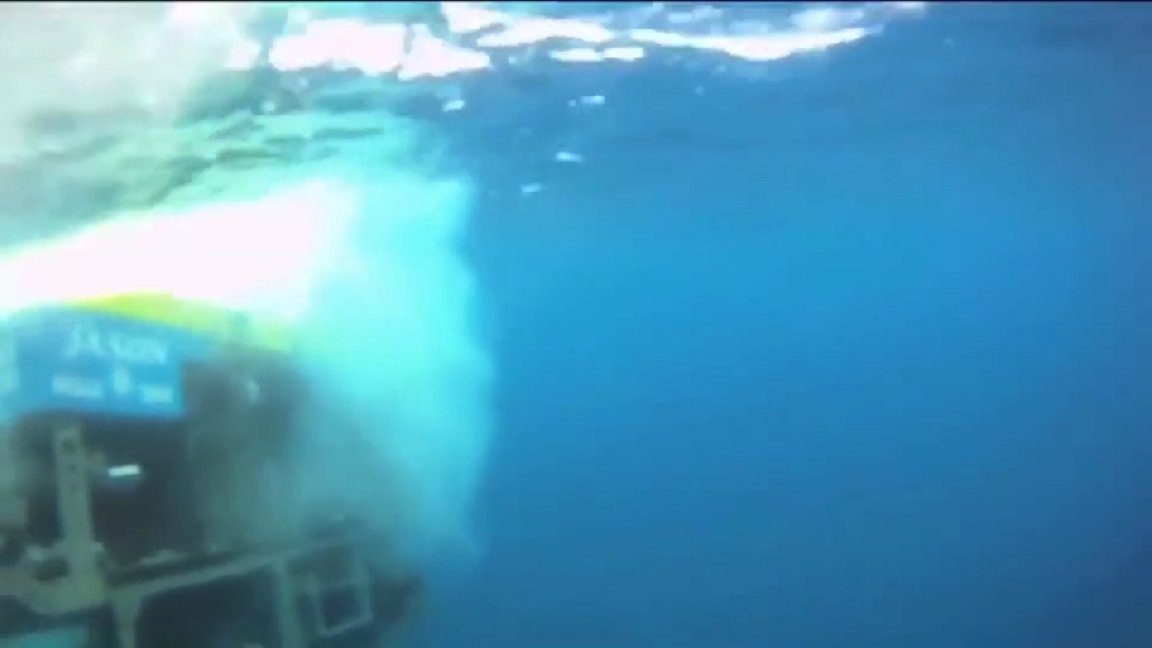
A New Low
A notorious ocean pollution site off the coast of Los Angeles could be even more deadly than once believed, containing not just toxic chemicals but low-level radioactive waste, The LA Times reports.
This “graveyard” of discarded barrels half-sucked into the seafloor has been the center of speculation for years. Scientists once suspected that the barrels contained a dangerous pesticide called DDT because large amounts of the substance were dumped in the area in the past and can still be detected in heavy concentrations today.
But the findings of a new study, published in the journal Environmental Science & Technology, suggest that some of the barrels contain radioactive isotopes such as tritium and carbon-14, which were once commonly used in hospitals, labs, and industrial operations in the area.
“This is a classic situation of bad versus worse,” David Valentine, who led research at UC Santa Barbara that discovered the barrels, told the LA Times. “It’s bad we have potential low-level radioactive waste just sitting there on the seafloor. It’s worse that we have DDT compounds spread across a wide area of the seafloor at concerning concentrations.”
“The question we grapple with now,” he added, “is how bad and how much worse.”
What a Dump
The lid was blown off in 2020, when the graveyard of barrels was first discovered. Since then, researchers have been analyzing the surrounding sediment and water to gauge the extent of the pollution.
But getting a fuller sense of the picture required some old-fashioned detective work. According to the LA Times, the researchers searched through hundreds of pages of old records, finding evidence that the same company responsible for dumping DDT in the area, California Salvage, also dumped radioactive waste.
Whether this was legally sanctioned is less clear. Records showed that the company had received a permit for disposing of the radioactive waste, but in separate documents the US Atomic Energy Commission claimed this permit was never activated.
Nonetheless, it appears there was little accountability for how this stuff was disposed. And because of these shady practices in evidence, the researchers say it’s more than possible that the radioactive material could’ve been dumped within 150 miles of shore.
Deadly Legacy
A map from the Atomic Energy Commission cited by the researchers illustrates the grim extent of offshore radioactive pollution. Between 1946 and 1970, the map showed, more than 56,000 barrels of radioactive waste had been dumped on the US end of the Pacific Ocean — a grim legacy we’re still picking up the pieces of today.
“The problem with the oceans as a dumping solution is once it’s there, you can’t go back and get it,” Ken Buesseler, a marine radiochemist not involved in the study, told LA Times. “These 56,000 barrels, for example, we’re never going to get them back.”
More on pollution: Please Don’t Store Nuclear Waste in Our Precious Oil Field, Says Fossil Fuel Industry